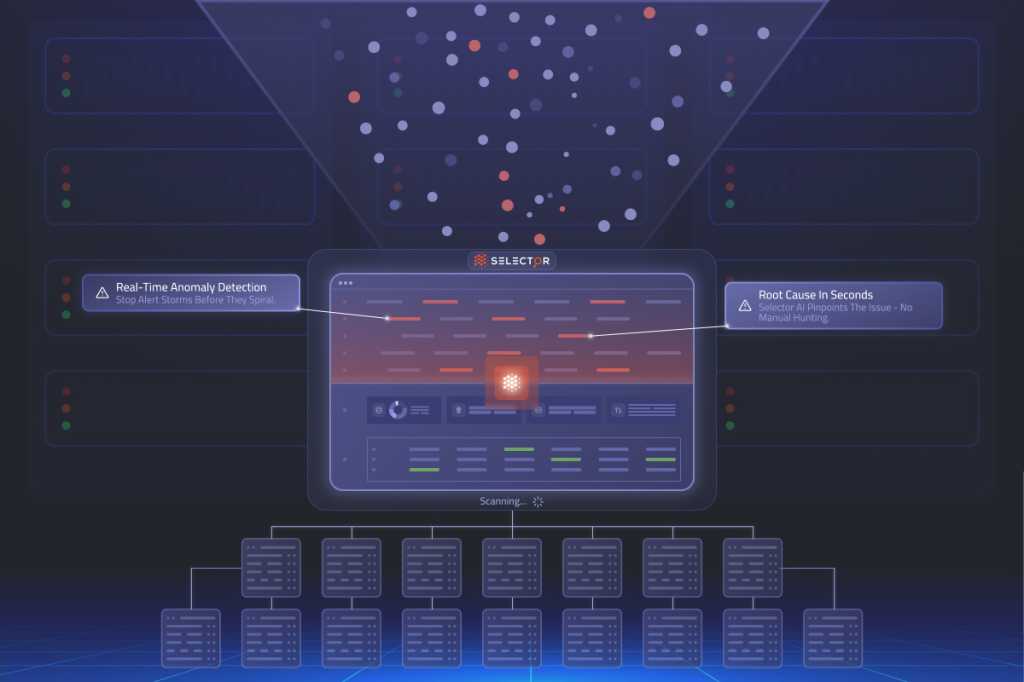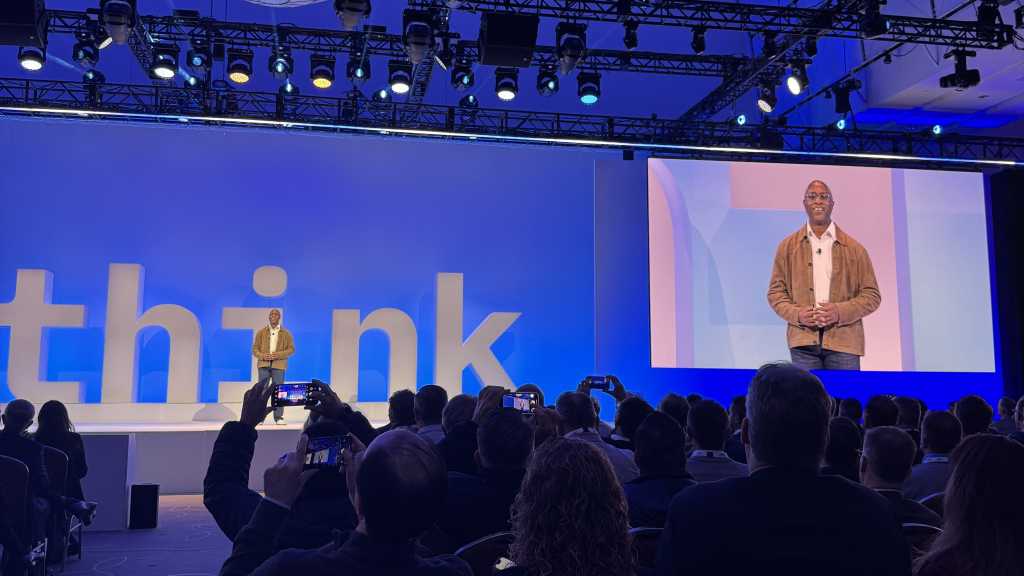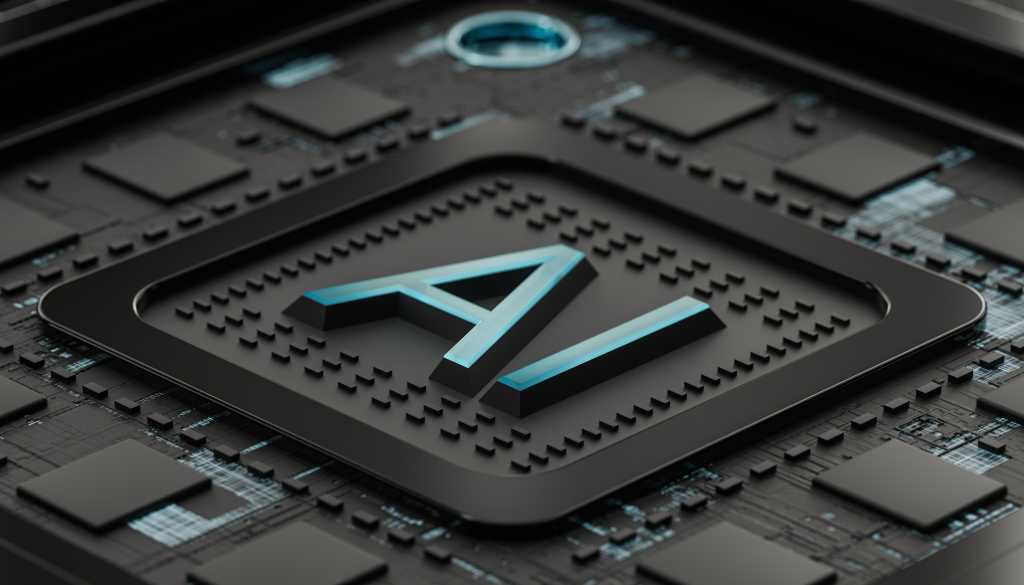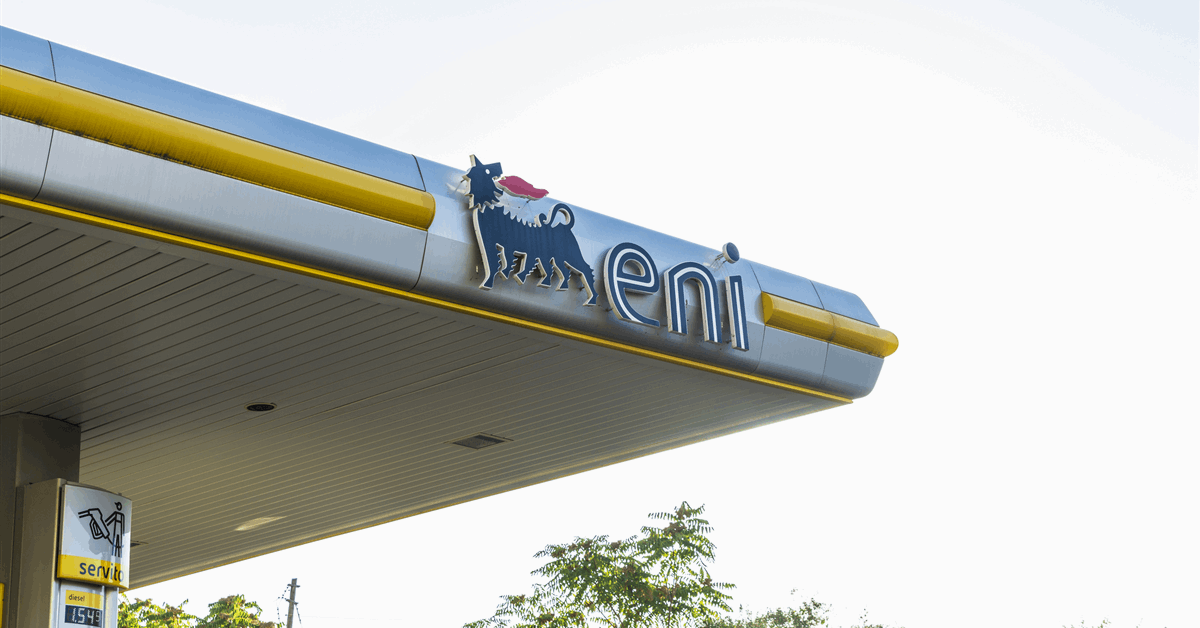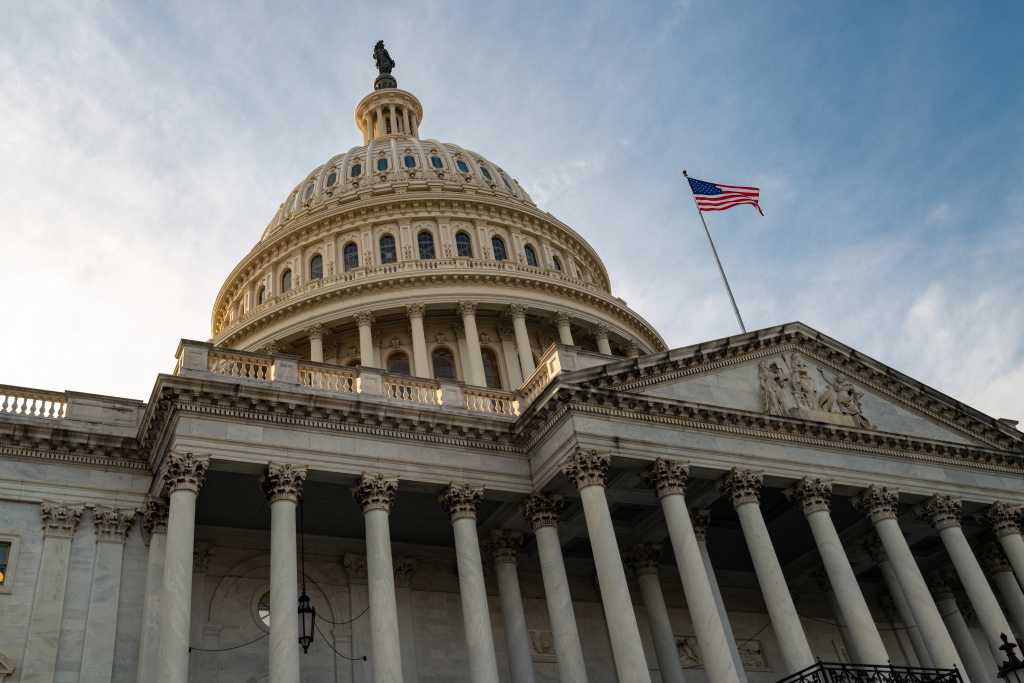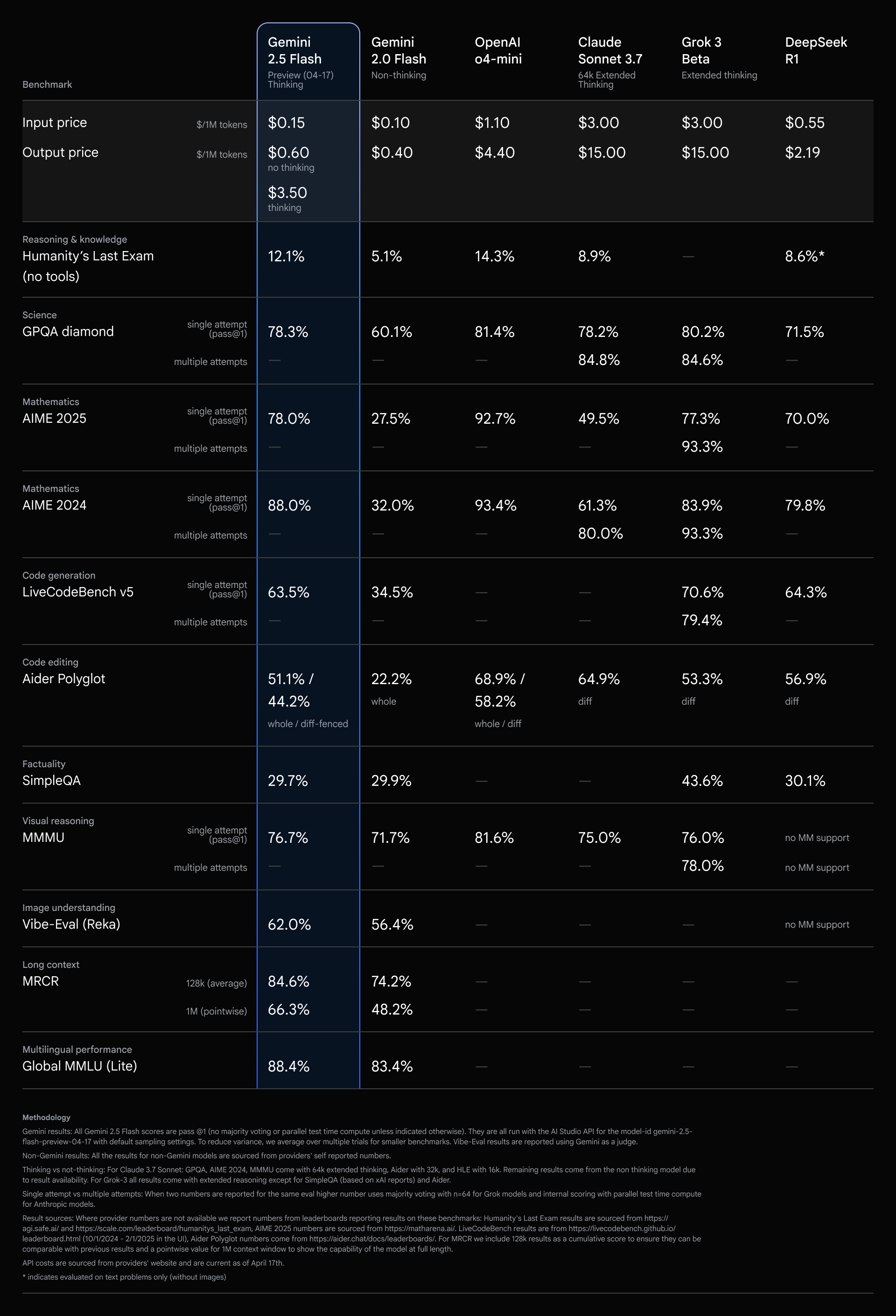
Energy Secretary Gillian Martin warns more north-east firms could follow Harbour Energy’s job cuts, unless the windfall tax is scrapped.
The senior SNP politician said the UK Labour government must “think seriously” about ending the Energy Profits Levy.
Her remarks come days after Harbour Energy announced 250 job losses – a quarter of its onshore workforce in Aberdeen.
The firm blamed the UK Government’s windfall tax, introduced by the Conservatives in 2022 and raised and extended to 2030 by Labour.
Speaking to the P&J during a visit to Torry on Monday, Ms Martin said energy firms have been warning for some time that they need to see an end to the policy because it’s “shaking business confidence”.
‘More might follow’
“The Labour government need to think seriously about bringing an end to the EPL or else more might follow”, she added.
“Oil and gas companies and energy companies have been warning the Labour government about the EPL being something that’s going to put investors off; that is going to put their footprint in the north-east in jeopardy, and the Labour government seriously need to listen to that.”
Conservatives hit out at Ms Martin’s party last week over repeated delays to publication of its energy strategy.
The draft form, which was published more than two years ago and put out to consultation, includes a “presumption against” new oil and gas licences.
The energy secretary, who was touring a heat from waste facility, said the government has yet to reach a judgment on new exploration.
In January, the Supreme Court ruled the Rosebank and Jackdaw fields were granted unlawfully and their owners must seek fresh approval from the UK Government.
Ms Martin added: “People want to know the Scottish Government’s view on the reserved issue of licensing.
“The Scottish Government does not have a locus when it comes to licensing oil and gas but people still want to know our position.
“We are taking very seriously what is happening in the courts before we make a judgment on that.”
A UK Government spokesman said: “Our thoughts are with any workers affected by this commercial decision, and we will do everything in our power to support workers and communities.
“The government has reformed the Energy Profits Levy to support investment and give industry certainty and stability.”

